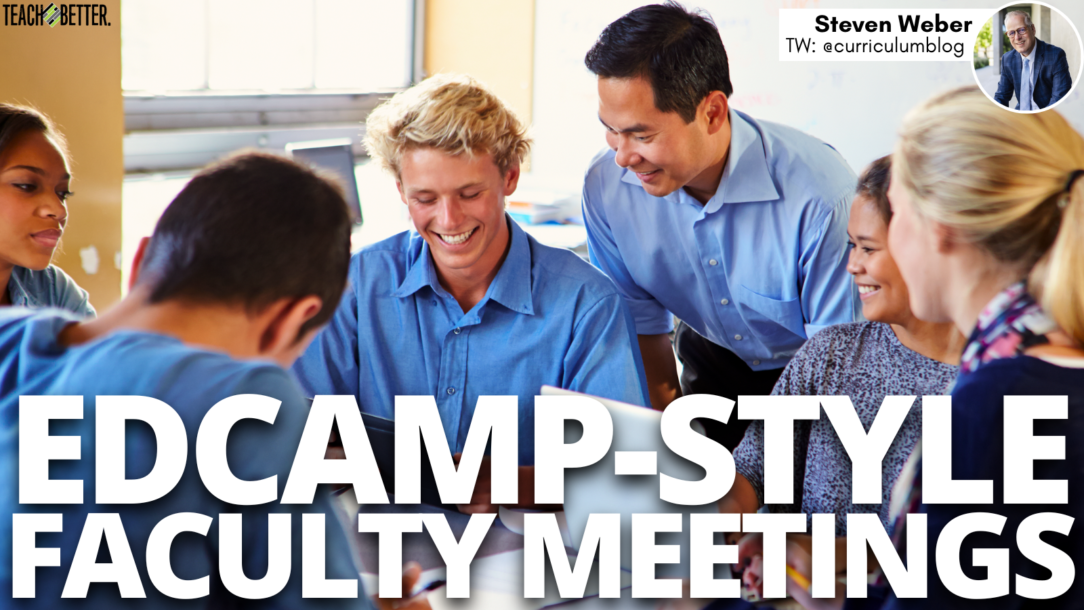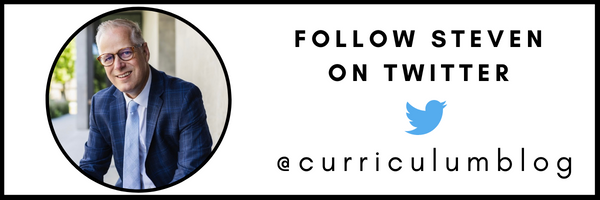TL;DR:
- Originating in 2010, Edcamp flips traditional conferences by allowing attendees to choose session topics, fostering engagement and shared learning.
- Encourage problem-solving, resource-sharing, and collaboration among educators, elevating teacher voice and promoting ownership of learning.
- Staff propose and vote on topics, fostering engagement and addressing relevant issues. This participant-driven approach fosters trust and respect, crucial for teacher retention and professional development.
In 2010, the first Edcamp was held by a group of teachers in Philadelphia. At Edcamp, you leave your title at the door and each person has the opportunity to share resources, instructional strategies, and professional experience. At traditional education conferences, the sessions are selected by a conference committee, keynote speakers provide presentations, and the meeting itinerary is outlined when you arrive at the conference registration booth. Edcamp provides educators with a choice over the session topics.
Over the past decade, I have attended Edcamp and witnessed the power of Edcamp-style faculty meetings. Traditional faculty meetings are led by the building principal and cover topics ranging from state mandates to school improvement plans. Faculty meetings normally cover so many topics squeezed into a single meeting that it is difficult to feel engaged. All teachers must attend faculty meetings, although a science teacher may find nothing relevant to their job.
In classrooms, we ask teachers to provide student voice, choice, learner agency, and inquiry. In faculty meetings, we rarely model the type of learning we expect to see in classrooms. Share on XHow can Edcamp-style faculty meetings support teaching and learning?
- Analyze Problems of Practice
- Curate Resources
- Share Stories
- Give Staff a Leadership Platform
- Elevate Teacher Voice
- Share Multiple Perspectives
- Learn Instructional Strategies from Colleagues
- Collaborate with Teachers Across Grade Levels/Departments
- Propose New Strategies and Solutions
- Discuss Student Work
- Discover the Strengths of other Staff
- Reflect on Current Practices
How To Organize Edcamp-Style Faculty Meetings
- Staff propose the topics they would like to discuss.
- Staff vote on the session topics from the proposed list. Voting can take place in person, via Google Form, or another survey.
- Classrooms and meeting spaces should be designated for each session.
- Provide all staff with an overview of Edcamp. This can be done in person or via video.
- Place a laptop in each session so the group can curate resources and share notes. Staff may also bring their own devices to each session.
- Determine how long each session will take. Some schools only have time for one session, but allowing time for teacher and staff voice in one session is typically better than the traditional faculty meeting.
Shifting the Faculty Meeting
Teachers and staff want to contribute during faculty meetings, but most meetings are designed for updates and compliance. Faculty meetings are designed to share information, but there is usually one speaker. Recently, our high school hosted an Edcamp-style faculty meeting.
The staff selected the topics and engagement was high. Session topics included Student Ownership, Canva for Education, Stress Management for Educators, Project-Based Learning, and Supporting Students. In classrooms, we ask teachers to provide student voice, choice, learner agency, and inquiry. In faculty meetings, we rarely model the type of learning we expect to see in classrooms.
Outside of education, the work environment is changing. Schools and organizations consist of four generations. “Where Baby Boomers were content with devoting their lives to the work they found, Millennials and Gen Z seek purposeful devotions that serve both themselves and the communities they care about. For employers, understanding how the changing times result in generations with different workplace and worker values will not only help to better understand your employees but will also help to ensure the workplace environment you cultivate attracts, retains, and empowers all of your people” (Johns Hopkins University, 2022).
[scroll down to keep reading]Who Owns the Learning?
When staff select the topics and there is no keynote speaker, how likely is it that staff will look forward to the next faculty meeting? Shifting ownership in a faculty meeting is a sign of trust and respect. Education is at a crossroads where professionals are choosing to transfer to other schools and many are leaving the profession.
Edcamp-style meetings will resonate with professionals and could be a strategy for teacher retention. Drop the mic is a common phrase when a keynote speaker gives an excellent presentation. Edcamp-style faculty meetings give educators the mic and a seat at the table. Educators know the topics they discuss in the parking lot, via group text, and during planning time.
Take the conversations that are already being discussed outside the faculty meeting and shine a spotlight on these issues and strategies. “When leaders do not honor teachers’ voices, telling them to implement step-by-step programs or practices without asking for their thoughts or suggestions, they communicate the message that they do not trust teachers to think for themselves” (Knight, 2011, p. 35). School leaders can use the basic principles of the Edcamp model to design a participant-driven professional learning experience in their own school.
References
Johns Hopkins University. (2022). The changing generational values. Retrieved from https://imagine.jhu.edu/blog/2022/11/17/the-changing-generational-values/
Knight, J. (2011). Unmistakable impact: A partnership approach for dramatically improving instruction. Corwin Press.
About Steven Weber
Dr. Steven Weber is a curriculum leader. He has served on multiple state and national boards. His areas of research include curriculum design, multiplying leaders, professional learning, and school leadership.



